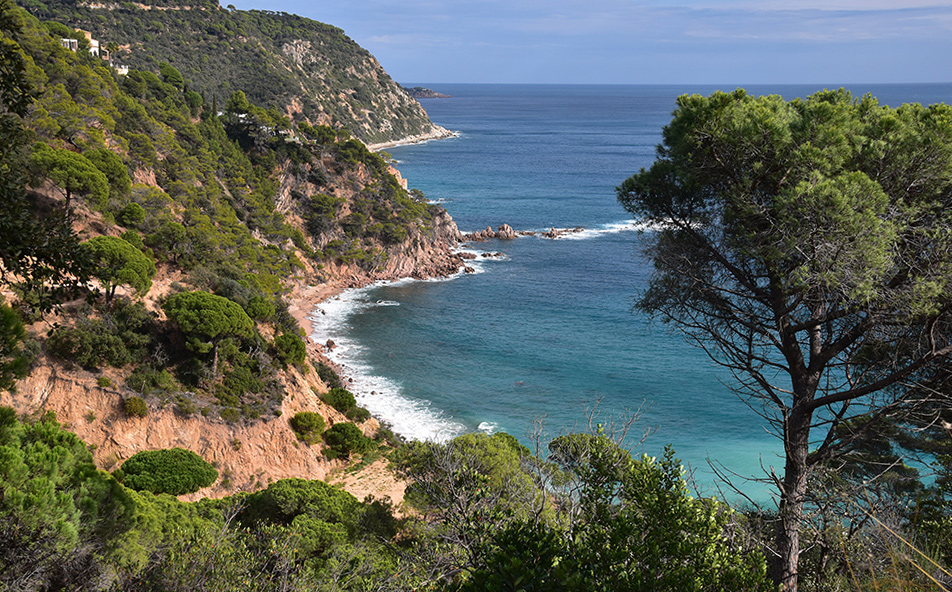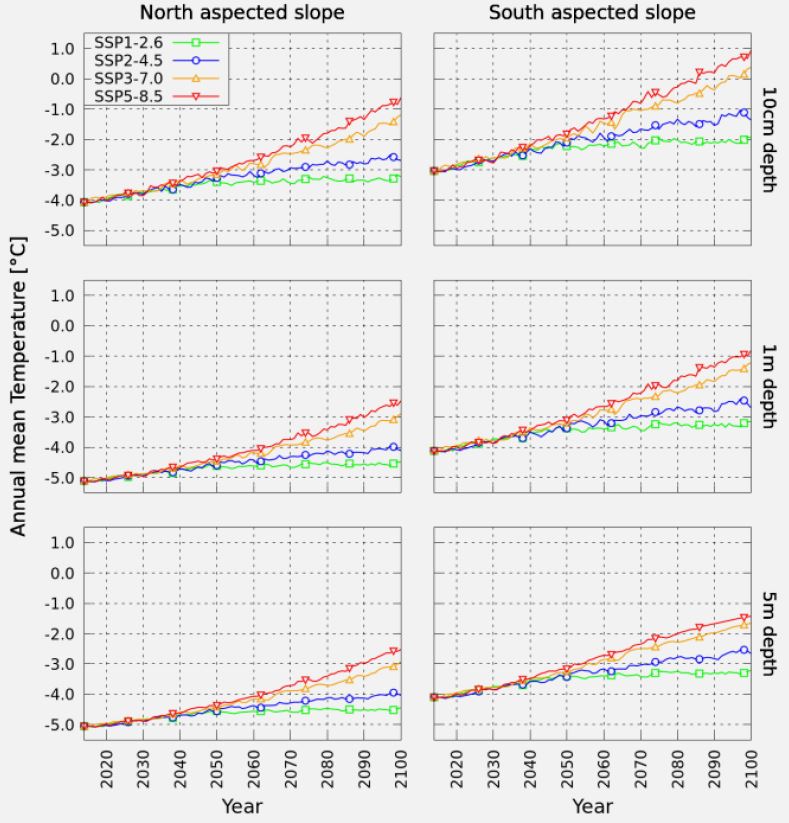New method measures retreat of coastal cliffs over several millennia
If we are to assess the recent retreat of coastal cliffs through erosion, we need to be able to know their trend over longer periods of time, something that has remained inaccessible until now. A team from the Geosciences environnement Toulouse laboratory (GET, CNES/CNRS/IRD/UT3) has proposed a new method, tested on the Côte Vermeille, the Costa Brava and the south coast of Peru. The results were published in Earth surface dynamics on xx and indicate that the rate of retreat at these 3 sites has been in the order of 0.1 to 0.6 mm per year over the last millennia.
The retreat of coastal cliffs through erosion is a major social issue. In some areas, such as Normandy, these speeds can reach several decimeters per year, destroying roads or endangering homes located above the cliffs. It is therefore very important to be able to predict the evolution of this recession, and to do so we need to be able to quantify its speeds at different periods in the past.

Read more on the website of the University of Toulouse (in French).
Contact GET: Vincent Regard








